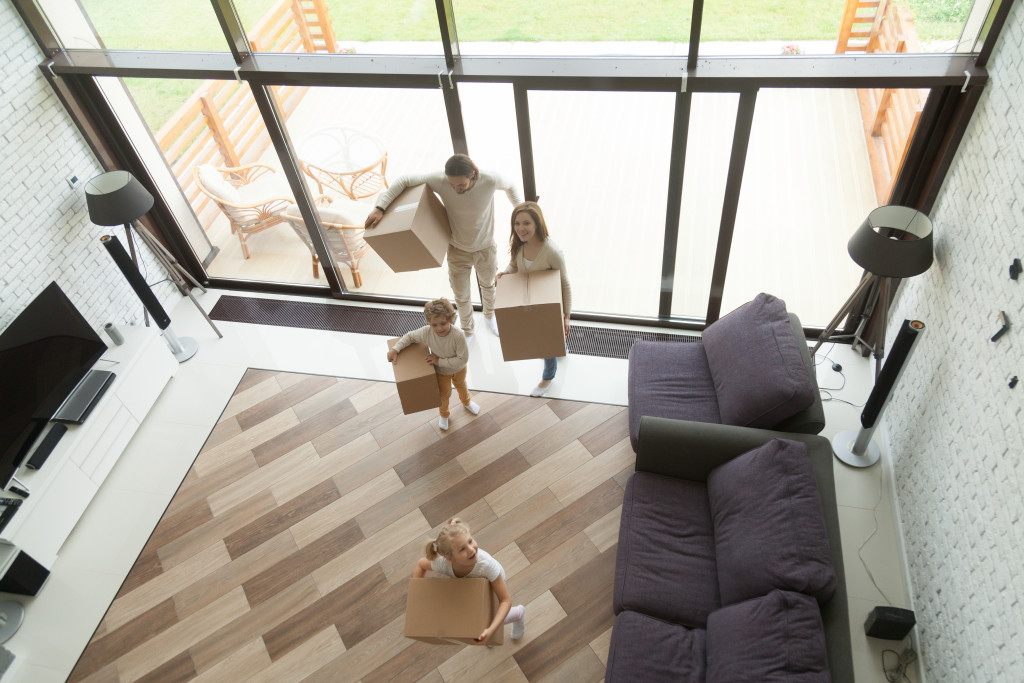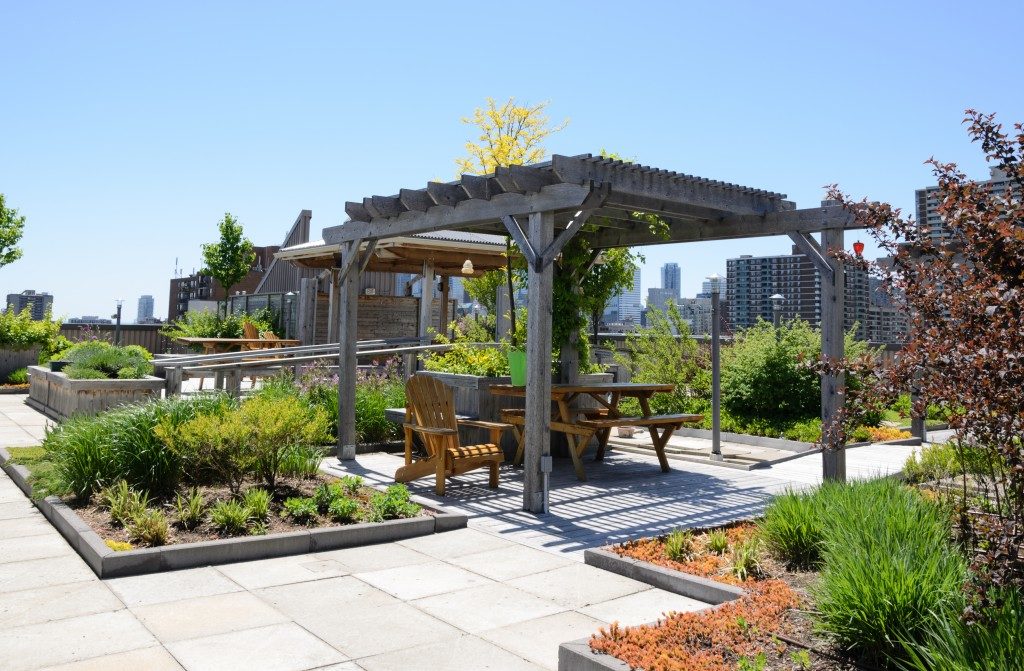- Ensuring tenants’ safety builds strong landlord-tenant relationships and attracts long-term residents.
- Security features like surveillance cameras, alarms, motion-sensor lighting, and door locks deter crime and make tenants feel safe.
- Regular maintenance inspections help identify potential hazards and protect from water damage and mold.
- Proper lighting in common areas like parking lots, hallways, and stairways reduces slips and falls and deters criminal activity.
- Screening tenants, communicating effectively, and investing in safety measures benefit all parties involved.
As a landlord or property manager, the safety and security of your tenants should be a top priority. It benefits your tenants and makes good business sense to keep your rental properties safe and secure. Providing a secure and safe environment can also help in attracting and retaining tenants, which can help increase occupancy rates, reduce turnover, and provide a reliable income stream.
This blog will discuss some strategies landlords and property managers can use to make tenants feel safe and secure in their rental property.
1. Install Security Features
Installing security features is an essential way to make your property secure. Tenants want to know that their home is safe from intruders and other dangers. Consider installing the following security features:
a. Surveillance cameras
Many landlords have begun installing surveillance cameras around their properties. This can help deter crime and make tenants feel safer in their homes.

b. Security alarms
Installing security alarms in each unit can alert tenants to potential intruders or dangerous situations. Some alarms can even be connected to the police or other emergency services.
c. Motion-sensor lighting
Installing motion-sensor lighting outside each unit can help deter intruders and reduce the likelihood of crime in and around the property. If possible, consider adding lighting around the property’s perimeter as well.
d. Door locks
Of course, no security system is complete without strong door locks. Installing quality locks on all exterior doors can help provide tenants an extra layer of security.
2. Regular Maintenance
Maintaining the property is essential to its safety and security. Regular inspections can help you identify issues before they become a more significant problem. For example, you should check your property’s exterior walls, lighting, and landscaping to ensure that there are no overgrown shrubs, garbage dumps, or anything that could provide a location for criminal activity. Also, check for hazards such as trip hazards or broken railings regularly.
If you have an older property, you should focus on critical areas like the roof. Have a professional inspect the roof for leaks and water damage. To further protect the structure, consider investing in residential roof coating to ensure that water tightness remains intact. This can help protect tenants from water damage and reduce the risk of mold.
3. Lighting
Proper lighting is another crucial strategy to increase the safety and security of your rental property. It helps to keep your property visible, which can deter criminal activity. It can also help tenants move around the property safely and reduce the risk of slips and falls. Ensure you install enough lighting in common areas such as parking lots, hallways, and stairways. You may consider using motion sensor lights that come on automatically when tenants or guests pass by to help further secure the property.

4. Screening Tenants
Tenant screening is essential in ensuring your rental property’s safety. By verifying the tenant’s background, including past rent payments, criminal records, employment history, and references, you can reduce the possibility of renting to someone who might pose a threat to the property or its occupants. Tenant screening may also help you to choose tenants who pay their rent on time, take care of your property, and welcome neighbors.
5. Communication
Effective communication is essential in making tenants feel safe and secure. It is essential to communicate with your tenants regularly, addressing any concerns they may have and answering their questions. Informing tenants about the property’s safety features, emergency protocols, and procedures for reporting issues can help them feel that their safety is a priority to you. Communication can also help tenants feel more at ease in the property, knowing that they will be alerted of any repairs or maintenance scheduled that may result in visitors or increased activity in the property for their safety and security.
Making tenants feel safe and secure in your rental property is critical to their well-being and comfort and ensures the continuity of reliable income streams for the property owners. By investing in security features, maintaining the property, screening tenants, communicating effectively, and providing proper lighting, you’re making your rental property a safer and more attractive place to live. As a property owner, taking these steps can also help you increase your retention rates, minimize legal exposure, and enhance your relationship with tenants, which benefits all parties involved.



